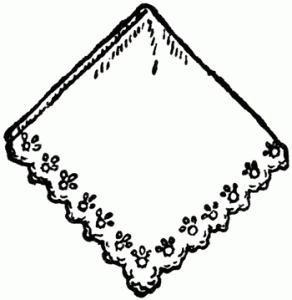The motivation for the Auld Alliance came in 1290 upon the death of Margaret, the Maid of Norway. King Edward I of England decided it was time to extend his authority over Scotland. To combat this, Scotland's nobles looked for alliances, and France was an obvious choice.
France and England were at odds. By 1294 they were on the brink of war because France had seized Gascony from English possession. A Scottish delegation to Paris signed a treaty on 23 October 1295. This worked in France's favor, since France now could have England harried in its own island without France needing to cross the English Channel. Scotland's desire to wage war would draw English forces far away from France and divide England's attention.
Unfortunately, a year later, Edward invaded Scotland, beginning the Wars of Scottish Independence. Edward was too powerful for Scotland, and Scotland had many defeats, with Margaret's successor, John Balliol, captured and imprisoned in the Tower of London. Fighting between England and France ended—although "paused" is a more accurate term—in 1299, and Edward could focus on crushing Scottish Independence. Fortunately for Scotland, the efforts of Robert the Bruce and the ineptitude of Edward II gave Scotland its best chance at freeing itself from English subjugation.
The Auld Alliance became useful in 1332, however, when Edward III decided to assert authority over both Scotland and France. Philip VI of France sent 10 ships with aid to Scotland, but they never arrived due to a storm. Philip sent £1000 to Scotland to aid the Scottish defenders, and he offered sanctuary to David II of Scotland, who was only 10 years old. David and his extended family accepted the offer and were given Chateau Gaillard as a residence.
The Auld Alliance has never formally been revoked. In 1942, Charles de Gaulle described it as the "oldest alliance in the world." (The illustration is of a plaque at the Scottish Free French House in Edinburgh.)
Although they had many differences, France's alliance with Scotland was not the oddest "mismatch" they made with another culture. Tomorrow I'll tell you about one or two others they made earlier than the Auld Alliance.













